Ian’s Bird of the Week – (Eurasian) Three-toed Woodpecker ~ Ian Montgomery
[Actually his first on of the new year.]
First of all my best wishes for a contented and healthy New Year. There is one important change for birdway customers with the new year. I’m planning to officially deregister the birdway company at the end of the Australian financial year (30 June) so in preparation for that birdway stopped trading on 31 December. I’ve registered as a sole trader, so any future invoices will be made out by me rather in the name of the company and will not include GST.
I’ve also removed the books Diary of a Bird Photographer and Where to Find Birds in Northern Queensland from the Apple Store, Google Play and Kobo Books. If you want to buy them, contact me directly, ian@birdway.com.au or ianbirdway@gmail.com. I’ve put instructions on the website: Diary of a Bird Photographer and Where to Find Birds on Northern Queensland. Having removed the middlemen and GST, I can now offer them at reduced prices of $5 and $15 respectively (Australian dollars or equivalent; foreign currencies preferably through PayPal). I’ll investigate direct purchase through the website, but for the moment I’ll email them to customers in the required format (ePub for Apple, Windows and Android computers, tablets and smart phones; Kindle for Amazon readers).
Back to the New Year: here’s the last photo that I took in 2016, a two day old new moon just after sunset on 31st December.
New Year is often represented symbolically by a chubby baby wearing not much more than a top hat and a banner with the new year number on it. Here, perhaps more appropriately for us, is a new year baby Dollarbird taken from my house last Friday, 3 days after it left the nest. Junior is on the right looking relaxed, while an alert and anxious-looking parent is on the right.
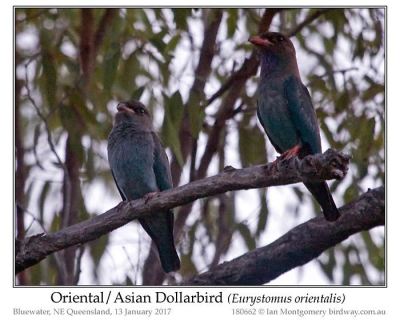 A pair of Dollarbirds nest regularly in a termite-ridden poplar gum near the house, which has plenty of nesting hollows thanks to the termites. The same tree is also the headquarters of the local band of Blue-winged Kookaburras, but the two species seem to co-habit quite peacefully, if not quietly. The dollarbird nest is at a great height, perhaps 25m/80ft, so the first introduction of the young birds to the outside world is a perilous decent to the ground that doesn’t always end well.
A pair of Dollarbirds nest regularly in a termite-ridden poplar gum near the house, which has plenty of nesting hollows thanks to the termites. The same tree is also the headquarters of the local band of Blue-winged Kookaburras, but the two species seem to co-habit quite peacefully, if not quietly. The dollarbird nest is at a great height, perhaps 25m/80ft, so the first introduction of the young birds to the outside world is a perilous decent to the ground that doesn’t always end well.
This year, the young bird landed in my neighbour’s garden on the 10th January. He has both a dog and a ride-on lawn mower that is his favourite toy and I warned him about the bird. The parents made lots of noise over the next three days, presumably in defence of the newcomer. Consequently, I assumed all was well but I was of course relieved to see it safely up in the tree.
That’s by way of a new year aside. I’ve chosen another hollow-nesting bird as the subject of this posting, the Eurasian Three-toed Woodpecker from the trip to Slovakia last June. Those of you who have been on the list for a while probably know that Woodpeckers are among my favourite birds, even though or perhaps because I’ve most lived in Woodpecker-deprived countries – Ireland and then Australia, though eastern Ireland has recently been colonised successfully by the Great Spotted Woodpecker.
Woodpeckers were among my target birds in Slovakia. Although we saw several species, the only one that I got good photos of was this one. A very closely related three-toed woodpecker also occurs in North America. There is disagreement as to whether they should be treated as the same or separate species, so it’s qualified here with ‘Eurasian’. The nesting hollow was close to the ground so I was able to set up the camera and tripod at a convenient distance (see second last photo) and wait for the adults to visit carrying food.
The males are distinguishable by having some yellow streaks on the crown. The yellow varies in intensity and was very pale in this male – first of the Woodpecker photos. He made only one visit during the hour or so I was there, so the female either did most of the work or had more success in finding food. This species is supposedly shy, but this pair didn’t take much notice of me, though the female sometimes perched on a tree closer to the camera and looked in my direction (photo directly above).
A little later, our guides found an active hollow of a Great Spotted Woodpecker with noisy young nearby. These adults were much shyer and wouldn’t approach the nest while I was in the vicinity, so I left them in peace after a little while. Unlike Dollarbirds, Woodpeckers can’t rely on termites to do all the work of burrowing for them and have to do it themselves. You can see on these photos that there were a few false starts chipping through the bark. Eurasian Three-toed Woodpeckers usually nest in Spruce.
I was pleased with the photos that I got of the Slovakian Three-toed Woodpeckers. It was only later that I found that I had already photographed another nesting site in Finland, four years before (last photo). On this photo you can see that the bird has only three toes. All – I believe – other Woodpeckers have four toes and usually cling onto trees with two toes pointing forwards and two braced backwards. I find it hard to imagine what competitive advantage there would lead to the three-toed losing one of its toes.
Greetings
Ian
Lee’s Addition:
“…that he may set his nest on high, that he may be delivered from the power of evil!” (Habakkuk 2:9b KJV)
What an interesting Woodpecker and what a distance that camera is from the little avian wonder. Wow!
*
More of Ian’s Bird of the Week articles:
*
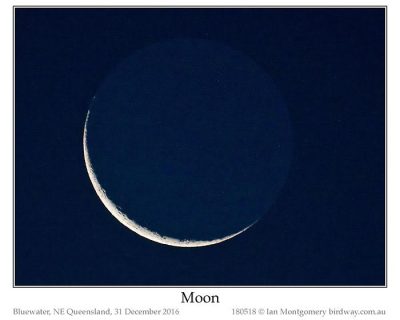
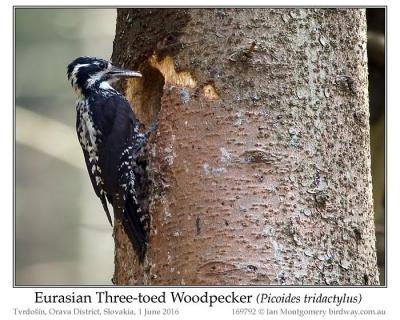
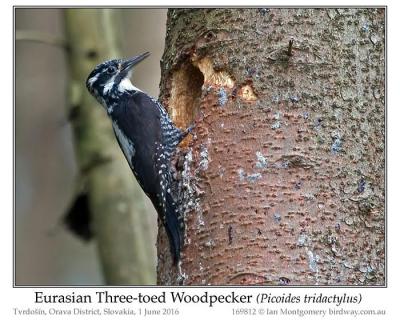
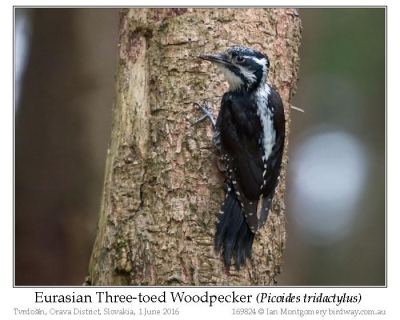


Stunning magnification! What a camera for birdwatching! That long-distance zoom magnification is like being a sylvan “sniper” spectator, seeing the small to-be-photographed “target”, without being seen thereby. That way the observed bird is uninfluenced by the presence of the photographer-spectator, so the bird behaves naturally, in the wild, as opposed to reacting to the human disturbance. What a good tool for real empirical science research, seeing God’s creatures in the wild. [See “Crayfish, Caribou, and Scientific Evidence in the Wild”, posted at http://www.icr.org/article/crayfish-caribou-scientific-evidence/ ; for an example of a bird reacting to (and disturbed by) a human observer, see “Sneaky Roadrunner”, posted at https://leesbird.com/2014/07/09/sneaky-roadrunner/ .]
LikeLiked by 1 person